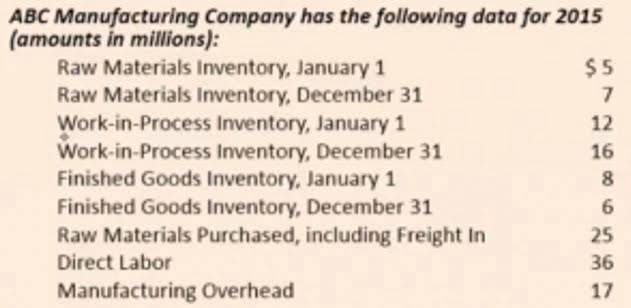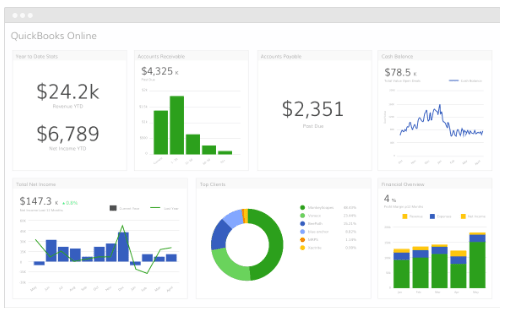Content
- Add annual hours worked for full-time employees and part-time employees
- What Is The Purpose Of Calculating FTEs?
- Why is FTE necessary for your company?
- How Do You Work out the FTE?
- How to convert FTEs to work hours? (+ FTE hours requirements)
- What Does FTE Mean in Regard to Salary?
- Contents
- All you need to know about Full Time Equivalent.

Make sure to exclude time allotted for paid leave and sick leave. Do not include 1099 contractors; they are not considered employees. A full-time employee who works 40 hours per week is equal to one FTE, and a part-time employee working 20 hours per week is equal to 0.5 FTE. FTE value helps in indicating the number of full-time employees that a company shall employ in a year or the number and type of employees needed to complete a project.

Independent contractors or 1099 workers do not count toward ALE. You should also leave out any employees who work outside the U.S., leased employees, and workers who hold positions like direct selling or commission-based agenting. At G-P, our industry leading Global Growth Platform™ helps companies unlock their full potential by building highly skilled global teams in days instead of months. Here we discuss the opportunities – and challenges – in achieving the kind of global growth and success we can all share.
Add annual hours worked for full-time employees and part-time employees
Using the same formula, the number of part-time hours worked amounts to 5,000 hours per year. With three part-time positions, this results in a value of 1.5. Employers can use FTE to guide their hiring strategy and plan for a project, while governments often use the metric to determine program eligibility. If you have at least 50 FTEs employees, you are an ALE for the year, which means you are subject to specific reporting requirements and share responsibilities under the ACA. The IRS Taxpayer Advocate Service has an Employer Shared Responsibility Provision (ESRP) Estimator to help you determine FTEs and see if you qualify as an ALE.
The total hours worked is the sum of the number of hours worked by part-time and full-time employees, whereas the number of available full-time hours in a year is most frequently 2,080. Now determine the number of hours worked by full-time employees over a given period. Full-time employees are those who work a minimum of 30 and a maximum of 40 hours a week and more than 120 days a year. Full-time equivalent (FTE) is a unit of measure that helps employers calculate the number of hours worked by all employees in their company. If an organization considers full-time to be a 40-hour working week then one full-time employee will count as 100% FTE. 100% FTE can also be achieved in several other ways, for example, through two part-time employees (who each work 20 hours per week) or four employees who work 10 hours per week.
What Is The Purpose Of Calculating FTEs?
Keep on reading to learn what FTE is, how it is calculated, and how it is used in project management. There is no option to pay a part-time exempt employee below the minimum salary requirement. Generally, if you pay the employee a salary less than the minimum, the employee must be classified as non-exempt. Many organizations in the health or technology sector consider 1.0 FTE eligibility for employee benefits like health insurance and retirement plans. Remember that your calculation will change based on the agency or program for which you’re calculating FTEs, since different government agencies and programs have different calculation requirements. There are differences between FTE, headcount, and hours worked.
- Globalization Partners’ global employment platform streamlines worker classification and ensures your company is compliant in key areas like employment contact generation and payroll.
- If a part-timer completes 10 hours a week, then four such part-timers will constitute one full-time employee.
- A full-time employee is considered to work at least 30 hours per week on average.
- It is sometimes useful to know how the total number of full-time and part-time employees are working in a business.
(82 full-time employees + 4.5 FTE for the part-time employees). This calculation provides a convenient way to quantify how many theoretically “whole” full-time employees are on the company payroll, even if the majority of your workforce is actually part time. The Paycheck Protection Program (PPP) is a Small Business Administration (SBA) program to help employers retain employees during the public health and economic crisis. The number of full-time equivalent employees is used to determine the amount of loan forgiveness for borrowers. When calculating your FTEs for basic accounting or business purposes, the simplest way to do it is to divide total annual work hours for all employees by an average full-time annual work schedule. Full-time equivalent (FTE) is calculated by dividing an employee’s scheduled hours by the company’s work scheduled hours on a weekly full-time basis.
Why is FTE necessary for your company?
This, therefore allows them to make better decisions regarding personnel management. Divide the total number of hours by 2080, and that ultimately determines the number of FTEs. For all intents and purposes, your business requires 4.25 employees to function. If you’re offering health coverage to remote workers, there may be some additional considerations. Calculating FTEs will also determine an employer’s duties under the shared responsibility provisions of the Affordable Care Act. Read our employer’s guide to find out more about how to hire employees in Europe, Asia, Africa, or elsewhere.
- Whereas, employees that works 20 hours per week are considered 0.5 FTEs.
- According to the Affordable Care Act (ACA), employers with 50 or more FTEs are required to offer ACA-compliant benefits.
- The full-time employees work 40 hours per week and 52 weeks out of the year, meaning that the number of full-time hours worked on an annualized basis is 104,000 hours.
- Those employing an average of at least 50 full-time employees including full-time equivalent employees are considered to be an ALE.
- Human resources often use the FTE metric to make staffing decisions for the entire company.
- If you want to save time, why not use our free full time equivalent calculator template for excel to easily work out your company’s FTE.
Full-time equivalent (FTE) is the number of working hours spent by one full-time employee during a fixed period, which may be one week, one month, or, for example, one year. This method determines how many full-time employees are working in the company.Calculating FTE simplifies the project schedule, as it helps to plan the number of people required to complete a particular task. It also impacts the calculation of labor costs and forecasts project budgets for the future. Based on the FTE calculations, managers can decide on the number of people required for a project in the future – let’s say, whether it is reasonable to hire one more developer or not.
How Do You Work out the FTE?
For example, if your entire staff works part-time, the FTE employee is a hypothetical full-time worker by which your part-time workers are measured. This is where the concept of the full-time equivalent (FTE) employee comes in. This is done by counting somebody who works half as much as a full-time employee as half an employee, and so on. It might sound cold, but it’s a vital metric when companies are applying for government loans, and when determining whether the company is large enough to have to follow certain laws.

For the purpose of our calculations, we’ll assume that the sample company considers 40 hours per week full-time employment. You’ll need to know the right figure for your business in order to properly calculate FTEs. Some employers consider anything over 35 hours per week to be full-time, while others require that employees work 40 hours fte meaning per week to be considered full-time. Once you have a list of employees, you’ll need to determine how many hours each employee works each week. While full-time employees usually work the same hours each week, hours for part-time employees can vary from week to week, so be sure to look at each week to view the actual hours worked.
